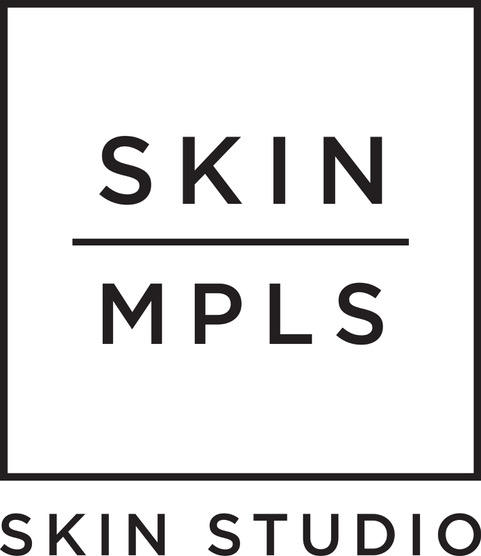Is Expensive Better? Skin MPLS Spills the Tea on the Price of Good Skincare
Deciding the cost-benefit analysis of trending skincare is a full-time job – luckily, it’s our full-time job! We have to be honest though, when we look at the randomness of products that the average person uses on the daily – it gives us a little (actually, a lot) concern. So, we’re shedding a little light on how to maximize your skincare game without wasting money.
There are SO many brands out there. Some, like The Ordinary and CeraVe, have a cult following and a low-price tag. Then there are luxury skincare lines that celebrities’ aestheticians love like Dr. Barbara Sturm and Biologique Recherche. There are also tons of influencers who swear by a combo of both – and also everything in between! (Cue cringeworthy homemade remedies and only believing in drugstore cleansers…don’t even get us started on that). So when you’re trying to find truly magical products, keep in mind the three P’s!
Potency. AKA efficacy, which means the product’s ability to produce a desired result. If you don't have a chemistry degree, it’s tough to tell good quality without first using it. But, you should know by now that ingredients on a product’s label are listed in order of highest concentration to lowest. So, with that, one of the first ingredients in almost every product list will be water or alcohol – which isn’t bad, so don’t be fooled. These are necessary components of a product’s formula that help to carry the product into your skin (this is known as a delivery system).
If you’re someone who gets excited when you see only a few ingredients on a label, think again because you need to know that delivery system ingredients are just as important as the main ingredients – otherwise your chosen product will just sit on the top of your skin. A rising trend is skincare lines claiming to have more generic packaging with fewer, purer ingredients inside. This may look good to your budget, but if a serum is alarmingly inexpensive, it means that the ingredients in it are even more so – and possibly even from a sketchy source (eek!).
Oftentimes products with lower price tags are diluted, to stretch the active ingredients, making them cheaper to produce. And because some high-quality raw materials (AKA active ingredients) come at a premium cost, they aren’t typically used in lower-cost products. All this means that in some lower-cost products, there are not only diluted formulas but also low-grade ingredients – which doesn’t give much potency nor your skin much of a fighting chance!
Packaging. The oldest trick in the book is smaller packaging that requires frequent re-ups. Also, think about the cost of your glam and colorful packaging. Are you paying for that which won’t even touch thy skin? We’ll just go ahead and call out Drunk Elephant here for their trendy packaging, small portions, and high price tag. It’s not that the products are bad per se, but for the price compared to the results – you can do better! Drunk Elephant is often marketed to young “skincare junkies” new on their journey and also the acne-prone, both of which aren’t a great fit for Drunk Elephant products. Our recommendation? Look for clean, simple, and efficient packaging that’s good ‘til the last drop.
Marketing also goes hand-in-hand with packaging. If there is a full marketing and PR team behind your chosen products, you can be sure you’re paying for it. You’ve always wanted to try the coveted La Mer moisturizer that comes with a whopping $345 price tag for two small ounces? Have you ever heard anything about the results it offers or only about the cost? We’re willing to bet that it’s more the allure of what you assume $345 buys for your skin than the fact that you’ve actually heard from someone that it works (because, hint… it doesn’t). Also, that ad for it that you saw, that product placement in a Netflix series, and that Instagram influencer that’s recommending it – all also cost serious money. And you’re paying for it all – not actually the results.
Potential. It’s great to weigh all pros and cons of your beauty budget, but ultimately it comes down to one question – what will this do for my skin? You may think that you need cheaper products so that you can have more products in order to treat your skin, but if they don’t change your skin what are you getting from them?
When you are at a crossroads with your homecare, we recommend the minimum needed to get you where you say you want to be. It’s more important to have a full regimen than one “miracle” (read: expensive) product. And while we really don’t like to generalize, products should be about $18-$80 each – and you’ll most likely need 3-5 steps.
When it comes to what you want to see from your skin, try to think about the potential a product has regardless of price. It’s simple – will it change your skin? Let us do the analysis for you because t’s not cost-effective to waste money on a low-cost product that doesn’t do anything for your skin and spending a lot of money on a luxury product that you hardly use because you’re trying to savior it doesn’t work either. This where we come in, book a product reboot session to perfect your regimen. We’ll meet your goals and at your budget.
